Geronimo: An American Legend
6.6 /10 1 Votes
Director Walter Hill Duration Language English | 6.4/10 IMDb Initial DVD release November 17, 1998 Country United States | |||||||||||||||||||||||||||||||||
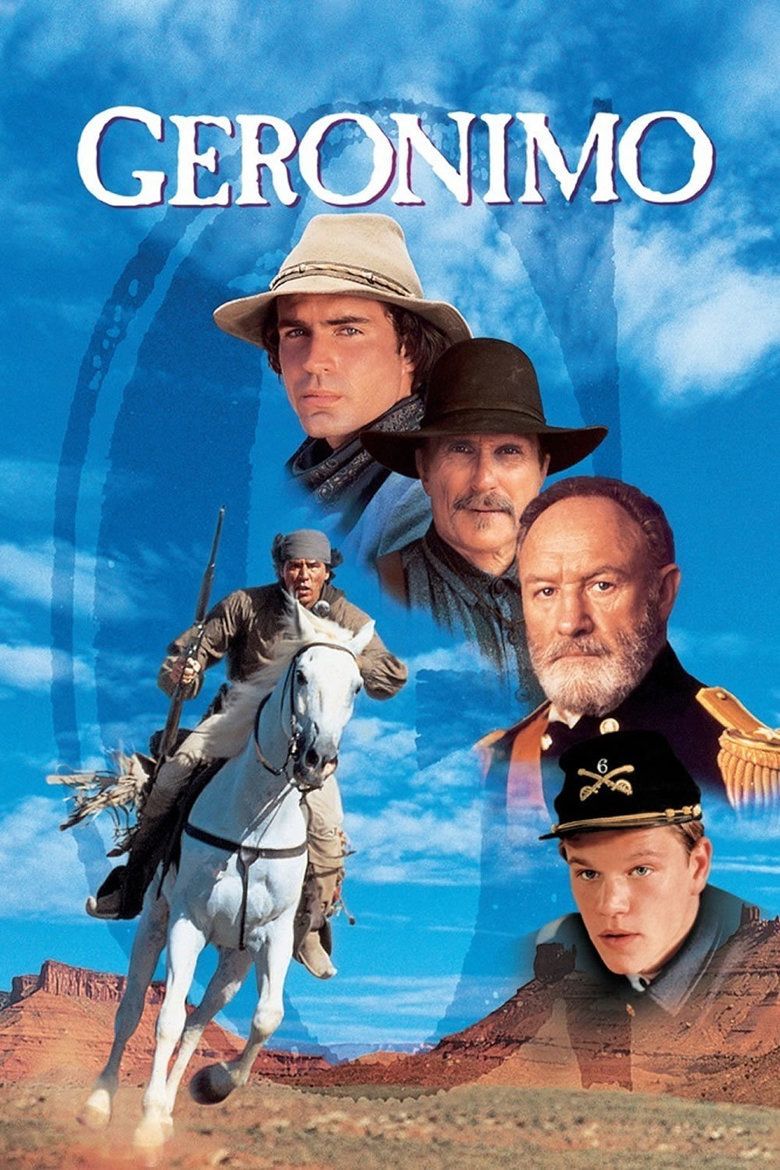 | ||||||||||||||||||||||||||||||||||
Release date December 10, 1993 (1993-12-10) Cast (Lt. Charles Gatewood), (Geronimo), (Brig. Gen. George Crook), (Chief of Scouts Al Sieber), (2nd Lt. Britton Davis), (Mangas) Similar movies The Wolf of Wall Street , Unbroken , Amy , The Theory of Everything , Into the Wild , Braveheart Tagline A Warrior. A Leader. A Legend. | ||||||||||||||||||||||||||||||||||
Geronimo: An American Legend is a 1993 film, directed by Walter Hill from a screenplay by John Milius, and stars Wes Studi, Jason Patric, Gene Hackman, Robert Duvall and Matt Damon. It was released on December 10, 1993 by Columbia Pictures.
Contents
- Geronimo an american legend 1993 trailer
- Plot
- Cast
- Development
- Casting
- Shooting
- Reception
- Awards
- Critical
- Box office
- References
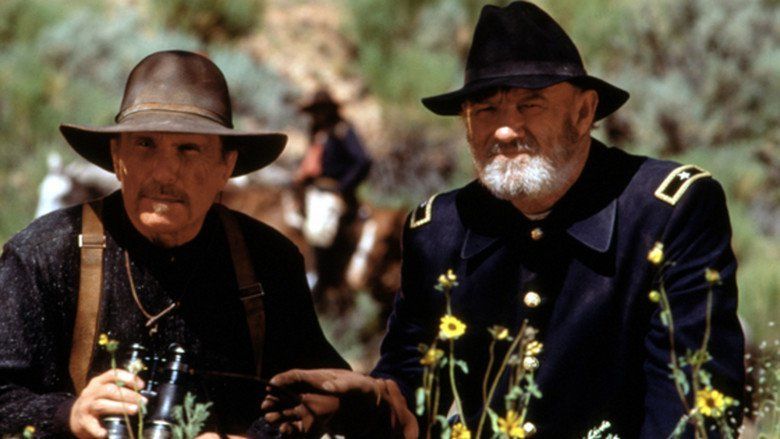
Geronimo an american legend 1993 trailer
Plot
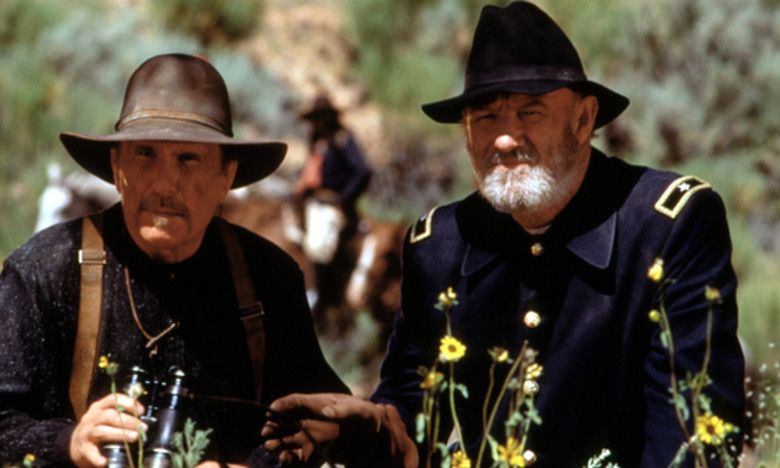
The film loosely follows the events leading up to the surrender of Geronimo in 1886. The Apache Indians have reluctantly agreed to settle on a U.S. government approved reservation. Not all the Apaches are able to adapt to the life of corn farmers, and one in particular, Geronimo (Wes Studi), is restless.

Pushed over the edge by broken promises and unnecessary actions by the government, Geronimo and 30 other warriors form an attack team which humiliates the government by evading capture, while reclaiming what is rightfully theirs. The plot centers upon Charles Gatewood (Jason Patric), the U.S. cavalry lieutenant charged with capturing the elusive Apache leader with the assistance of a scout leader Al Sieber (Robert Duvall) and a young graduate Britton Davis (Matt Damon).
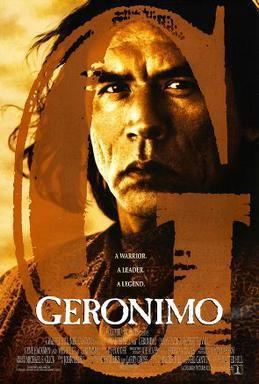
Gatewood is torn by a grudging respect for Geronimo and his people, and his duty to his country. Brigadier General George Crook (Gene Hackman), charged with overseeing the forced settlement of the Apaches on reservations has nothing but admiration for Geronimo.
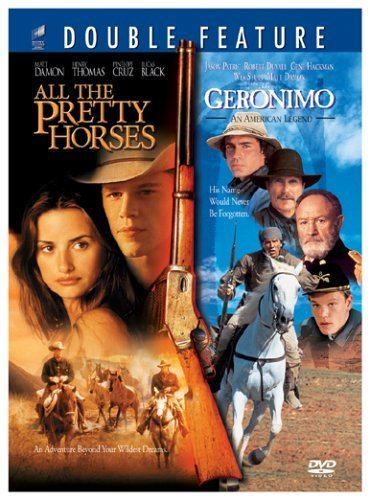
Geronimo surrenders to Crook but later escapes, taking half of the reservation with him. Gatewood, Sieber, Davis and a group of soldiers set out to capture Geronimo. Crook later resigns from the army and is replaced by General Nelson Miles. The next day Gatewood, Sieber, Davis and Apache Chato come across some slaughtered Indians. They stop at a bar but there are bounty hunters there and they threaten to kill Chato for money which results in a shootout in which Sieber is shot and mortally wounded.
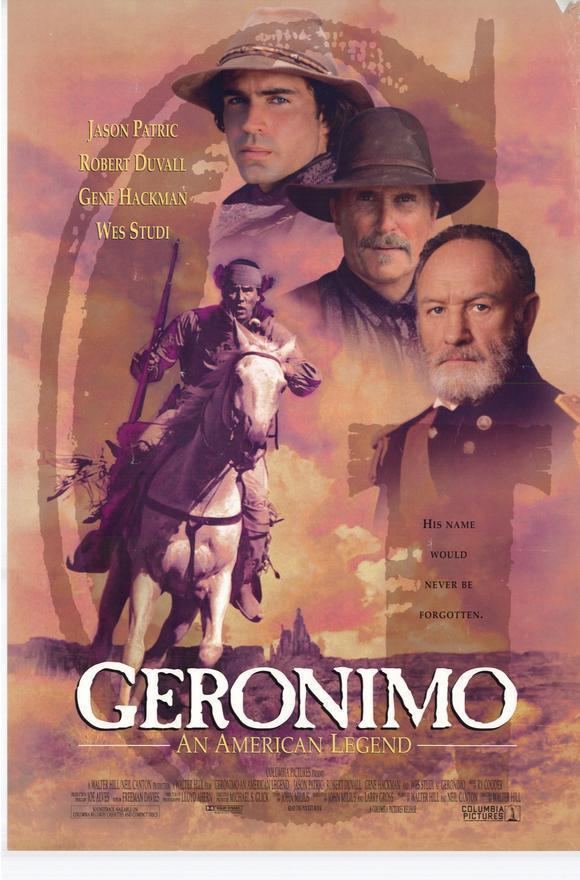
Gatewood, Davis and Chato carry on to capture Geronimo. Geronimo makes peace with Gatewood and surrenders along with the other Apache to General Miles. Gatewood is transferred to a remote garrison in North Wyoming while Davis resigns from the army and Chato is shipped off to Florida with the rest of the renegades.
Cast
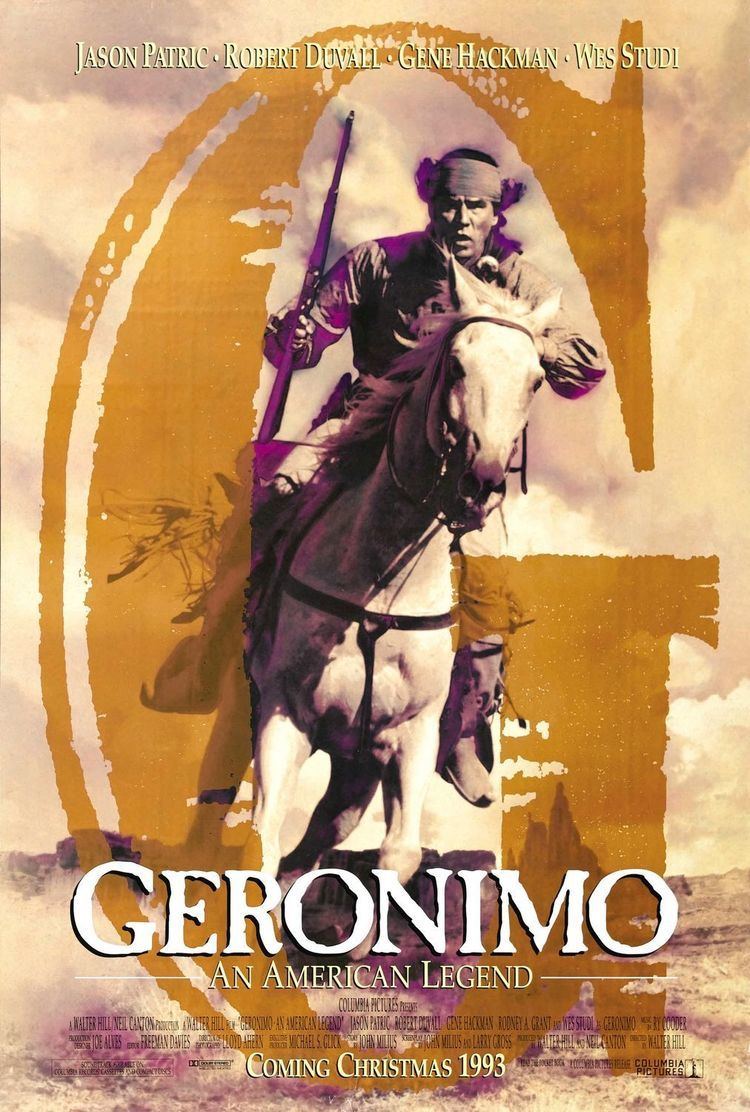
Development
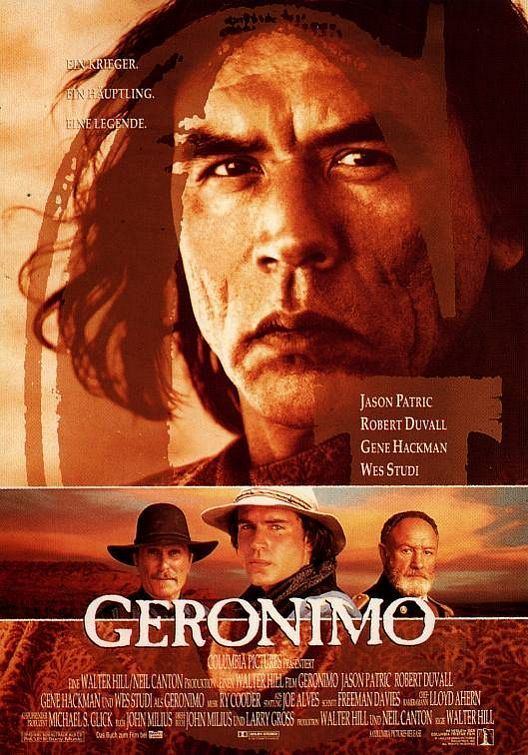
Walter Hill had a development deal at Carolco. They approached him wanting to make a Western that focused on an Indian and Hill was enthusiastic. He initially considering doing a movie on Crazy Horse "but for various reasons I thought it was a little too difficult."
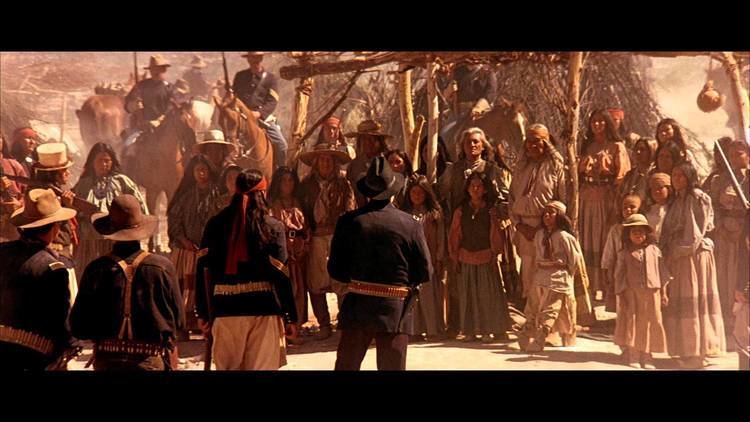
Eventually Geronimo was selected. ""I've been reading the history of the West for my entire life," Hill says, "and I felt the Geronimo story had never really been told."
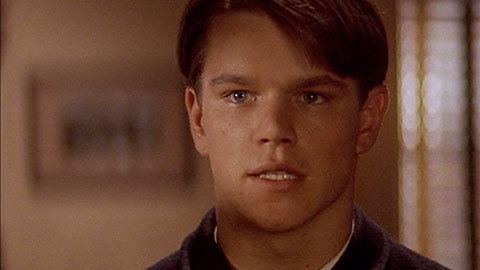
John Milius was hired to write a draft. He was working on it in 1989. Larry Gross wrote a diary on the filming of Geronimo. He recalls reading Milius' script in 1988 when Hill was working on Johnny Handsome.
"I like Geronimo just as he was, a human predator," said Milius.
"Geronimo was a man who saw the history of his people wiped out," added Milius. "I love the Apaches and Geronimo was the ultimate Apache. But Geronimo was more than an Apache he was the essence of a misfit rebel and he would never give up. He was a troublemaker and I understand that. Even among his own people he was a trouble maker."
Hill said the title of the film should have been The Geronimo War. "The conception was you make the film from the last time he came in and broke off and was sent away," he said. "The last time he broke off the reservations. This had been a recurring pattern. I thought that would be more accurate."
"We had a really good script, but I couldn't make any headway with it," said Hill later.
The movie was eventually transferred from Carolco to Columbia. Westerns were experiencing a revival in popularity in the wake of the success of Dances with Wolves, Last of the Mohicans and Unforgiven. ""All of these Westerns are riding the backs of those," said Hill. (Other Westerns which would come out around this time included Tombstone, Wyatt Earp, The Quick and the Dead, Bad Girls, Maverick and Lightning Jack.)
According to Hill, Milius' screenplay was more inclusive of Geronimo's early years and Milius was reluctant to revise it so he had it rewritten by himself and Larry Gross. Gross worked on the project from six to eight months in 1992.
"This movie certainly presents a heroic view of Geronimo," said Hill. "At the same time, it suggests that the times were complicated.... The audience doesn't go to a movie for a history lesson; it wants entertainment. At the same time, they don't want something that trashes history; so it's a delicate line."
"Movies tend to develop a life of their own," added Hill. "We had to deal with Geronimo a lot better than what our original intention was. The more we found out, the more interesting the story became."
Among the changes were removing a sequence (based on historical fact) where Geromino surrendered to General Crook in Mexico in March 1886, pledging to return under escort to Arizona, where he would be disarmed and sent to exile in Florida; two nights later Geronimo got drunk and took off into the mountains again, going on a five month rampage until he surrendered once more. Milius said he thought the script was changed because "We don't want to see our heroes getting drunk and running off. We want to see them as wonderful freedom fighters." "History is fascinating, but history is not a good dramatist," said Hill.
The film's narrator, Second Lt. Britton Davis, was a real officer who participated in these events. In 1929 he published a memoir of the time called The Truth About Geronimo. The narration uses many quotations from Davis that featured in his memoir, like his description of the endless search for Geronimo's camp: "At times it seemed we were chasing a spirit more than a man." However it did not include Davis's personal assessment of Geronimo: "This Indian was a thoroughly vicious, intractable and treacherous man. His only redeeming traits were courage and determination. His word, no matter how earnestly pledged, was worthless."
"It's like Pat Garrett and Billy the Kid," said Hill. "These characters are real, but certainly we're allowing legend to serve the truth. If I was doing this as a PBS documentary, I would do it a lot differently."
Hill thought the cavalry officers "were the most sympathetic to the Indians of the Southwest. They knew them and understood that what was happening was a tragedy. They understood that the imposition of the reserve system was going to have tragic consequences. Yet, they were the ones being asked to carry out this policy. They were the ones being asked to fight, so there was this kind of conflict between feelings and duty."
The film greenlit by Columbia's head of production Mark Canton, whose brother Neil was the producer.
Casting
Hill says when he started pushing the script there was pressure to cast a white actor in the lead. He said, "The first thing I heard was, 'Why can't we have X or Y Caucasian put on makeup and play Geronimo? If you do that, we'll make the movie.' I said, 'You can't do that.' They wouldn't think of having a Caucasian actor play a black leader. The implications are just staggering... That kind of casting became unthinkable after Dances With Wolves. When the script got active again last fall, there was no question that we would have an Indian actor in the lead.""
Wes Studi was cast in the lead after impressing in The Last of the Mohicans (1992). The other star attached early on was Jason Patric, who Gross described as "a young actor everybody in Hollywood believes in, but who does few pictures and has never had a hit."
Gross says that although Studi and Patric were cast, "Columbia found ways of not letting Walter start the picture... there is endless talk about casting and the script."
In April 1993 Gene Hackman and Robert Duvall committed to the film, making it seem more likely that it would get made. On 27 April 1993, Gross wrote in his diary, "more than any movie Walter has done in the 11 years I've known him, and certainly more than on our three previous films together, he not only knows how to make this film, but is including far more of himself - his heart and soul and his convictions about life, so to speak." Gross added that "I think his inclinations and dispositions match the story and the material. His instincts will serve him. Walter deeply loves these nineteenth century people in a way I'm not sure he ever loves his modern characters. And his aesthetic commitments to reticence and suggestion in characterisation is truer to these people than in some other cases."
The part of Al Sieber was expanded when Robert Duvall was cast in the role. Under the deal, Duvall's production company, Butcher's Run Films, signed an arrangement with Columbia.
Gross said "I can truthfully say that we've had fewer bad suggestions from the studio on this film than on any I've worked on."
An original draft of the script included scenes with Mrs. Gatewood, but these were cut out for budgetary reasons.
Shooting
Filming started in May 1993. The film was shot in Utah, Tucson, Arizona, and Culver City, California.
On 9 May, Gross wrote that "Walter has some leeriness about Jason Patric's proclivity for a lot of takes." He also wrote that "grappling with Jason's angst and assessing the strengths and weaknesses of his acting method is Walter's biggest 'problem' on the movie - and also, of course, his richest creative opportunity. Jason's potential is so enormous that it is frustrating not to have full, unstopped access to it. The name we can't but help invoke in comparison is Brando."
Gross says there was some concerns from the studio that the Indians were not sympathetic enough. "But we're not telling the story of the spiritual Sioux," wrote Gross. "We're telling the story of the Apache; the Spartans, not the Athenians. Their art was war."
The character of Sieber was meant to ride off into the sunset at the end of the movie but during filming Hill felt that the running time was going to be too long and so decided to kill off the character. "If I'd known I was going to die I might not have done the movie," said Duvall. "I've died nine times in films." Gross says the scene where Sieber runs into the bounty hunters were Hill's homage to Cormac McCarthy's novel Blood Meridian.
Gross says that Walter Hill put a dance scene in the movie because John Ford once gave him advice, "you have to put songs and musical numbers in these things."
Reception
Walter Hill later expressed dissatisfaction with the title:
It should have been called The Geronimo War... It’s as much about the Army as it is Geronimo. That came out of my reading of historical accounts, and realizing that so much of what we think we know about the Indian campaigns is wrong. The Army is generally depicted as the enemy of the Apache, but in many cases, the people who were most sympathetic to their plight were those soldiers.
Another film on Geronimo came out around the same time, a made-for-TV movie show on Ted Turner's movie channel.
Awards
The film was nominated for the Academy Award for Best Sound (Chris Carpenter, Doug Hemphill, Bill W. Benton and Lee Orloff).
Critical
The film had a mixed reception from critics but was praised by Native American groups. Philip French of London's Observer called it one of the greatest Westerns of all time.
Box office
On 17 December 1993 Gross wrote in his diary that "the opening numbers are not good and I feel the dull roar of Geronimo not making money at the box office."
The film was a box office bomb. Earning only $18 million on a $35 million budget . The movie dropped to number 7 the following week.
According to one pair of writers:
The film was no Dances with Wolves. It cost about $50 million, boasted no major stars, no love story, and a meandering storyline. It was hard to see how the studio ever expected to make its money back - and it didn't come close. Columbia had not shown Geronimo to Jason Patric... before the premiere at the Academy of Motion Picture Arts and Sciences Theater in Beverly Hills. That turned out to be a mistake. Patric was so dismayed by the way the film turned out that he ran out of the theater and into his limo. He had himself driven around for a while as he raged abot [sic] the sheer awfulness of the movie. Then he pulled himself together and went back to the premiere. Geronimo lost $40 million - far more than Last Action Hero - without a fraction of the fanfare.
Hill blamed this poor reception on the screening of the TV movie. Hill said, "I don't think there are a hell of a lot of movies where you can take basically the same story, show it to 50 million people and bring yours out a week later and think that you're going to do great. What can you say, `My Geronimo has better locations?' "
The film was admired by Quentin Tarantino who said "I thought with Geronimo he [Hill] went to a really fantastic place. Everybody talked about how boring it was. But I didn't. I thought he made a really great classic Western and America just wasn't worthy of the privilege."
References
Geronimo: An American Legend WikipediaGeronimo: An American Legend IMDb Geronimo: An American Legend themoviedb.org
